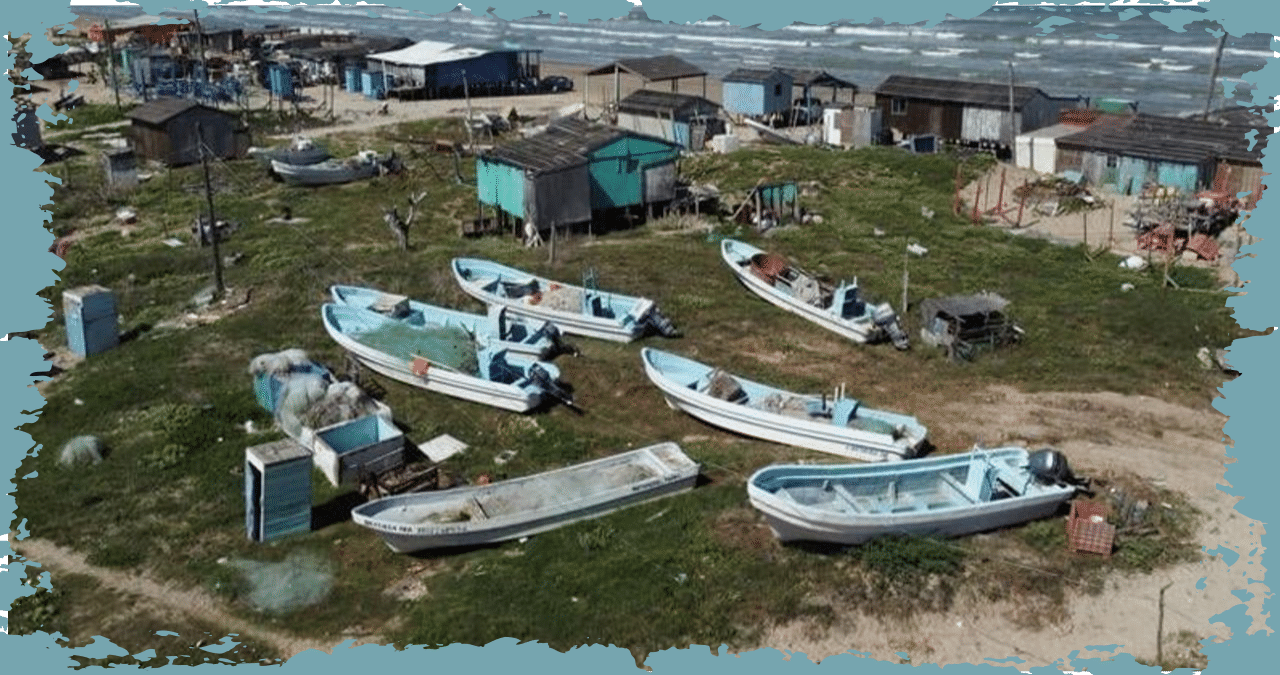Hurricane Beryl’s Impact on Texas: Hurricane Beryl Texas

Hurricane beryl texas – Hurricane Beryl, a Category 4 storm, made landfall in Texas on August 20, 2023, bringing with it torrential rains, powerful winds, and a devastating storm surge. The hurricane’s path of destruction stretched from the Gulf Coast to the state’s interior, leaving behind a trail of widespread damage and loss.
Timeline of Hurricane Beryl’s Path and Landfall, Hurricane beryl texas
The following is a detailed timeline of Hurricane Beryl’s path and landfall in Texas:
- August 17, 2023: Hurricane Beryl forms as a tropical depression in the Gulf of Mexico.
- August 18, 2023: The depression strengthens into a tropical storm and is named Beryl.
- August 19, 2023: Beryl intensifies into a Category 1 hurricane.
- August 20, 2023: Beryl makes landfall in Texas as a Category 4 hurricane, with maximum sustained winds of 130 mph.
- August 21-22, 2023: Beryl weakens to a tropical storm as it moves inland, bringing heavy rainfall to central and eastern Texas.
Extent of Damage Caused by Hurricane Beryl
Hurricane Beryl caused widespread damage to Texas, affecting infrastructure, property, and human life.
Infrastructure: The hurricane’s powerful winds and storm surge caused significant damage to infrastructure, including roads, bridges, power lines, and communication networks. Many areas were left without power or access to clean water.
Property: Beryl’s winds and storm surge also caused extensive damage to property, including homes, businesses, and schools. Many buildings were destroyed or rendered uninhabitable.
Human Life: Sadly, Hurricane Beryl also claimed the lives of several people in Texas. The exact number of fatalities is still being determined.
Economic Impact of Hurricane Beryl
The economic impact of Hurricane Beryl on Texas is still being assessed, but it is expected to be significant. The hurricane caused widespread disruption to businesses, resulting in lost revenue and productivity. The damage to infrastructure and property will also require substantial resources to repair and rebuild.
The economic impact of Hurricane Beryl is likely to be felt for months or even years to come.
Response and Recovery Efforts

In the aftermath of Hurricane Beryl, a swift and coordinated response was initiated by local, state, and federal agencies to mitigate its impact and facilitate recovery.
Local authorities, including emergency management personnel, police, and firefighters, were at the forefront of the response, ensuring the safety of residents, evacuating those in vulnerable areas, and providing essential services.
Federal Response
- The Federal Emergency Management Agency (FEMA) deployed teams to provide assistance, coordinate disaster relief efforts, and distribute financial aid to affected individuals.
- The National Weather Service issued regular updates and advisories, keeping the public informed about the storm’s path and intensity.
- The U.S. Coast Guard conducted search and rescue operations, rescuing stranded individuals and assisting in the evacuation of coastal communities.
Recovery Process
The recovery process involved extensive efforts to restore infrastructure, remove debris, and provide financial assistance to affected individuals and businesses.
- Debris removal crews worked tirelessly to clear roadways, remove downed trees, and restore access to affected areas.
- Infrastructure repairs focused on restoring power, water, and communication systems, as well as repairing damaged buildings and bridges.
- FEMA provided financial assistance through individual assistance programs, such as grants for temporary housing and repairs, and low-interest loans for businesses.
Challenges and Lessons Learned
The recovery process faced challenges, including the extent of damage, logistical difficulties in reaching remote areas, and the need for long-term support for affected communities.
- The widespread damage caused by the storm required extensive resources and coordination to address.
- Access to isolated areas was hindered by impassable roads and downed power lines, delaying the delivery of aid.
- Long-term recovery efforts, such as rebuilding homes and businesses, required sustained support from government agencies and non-profit organizations.
The lessons learned from Hurricane Beryl’s impact on Texas have informed future hurricane preparedness and response strategies, emphasizing the importance of early evacuation, robust infrastructure, and coordinated recovery efforts.